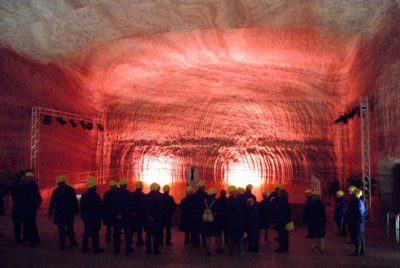
I recently attended a CIM Management and Economics Society presentation here in Toronto discussing the differences between actual underground production versus the forecast used in the feasibility study. The presenter was Paul Tim Whillans from Vancouver Canada.
 His topic is interesting and relevant to today’s mining industry. Paul raised many thoughtful points supported by data. He gave me permission to share his information.
His topic is interesting and relevant to today’s mining industry. Paul raised many thoughtful points supported by data. He gave me permission to share his information.
The abstract for his paper is inerted below. The paper can be downloaded at this LINK and here are the presentation slides.
ABSTRACT
“An underground mining study that is done in accordance with NI43-101, JORC or similar reporting code is generally assumed by the public to be representative, independent and impartial. However, it has been well documented by academics and professionals in our industry that there is a sharp difference between the forecasts presented in these underground studies and the actual costs when a mine is put into production.
For underground mines, the risks associated with obtaining representative information are much greater than for surface mining and the cost of accessing underground ore is also proportionally much greater. There is a pressing need to align expectations, by improving the accuracy of projections. This will result in reduced risk to mining companies and investors and provide more reliable information to government agencies, the public, and more importantly, the communities in which the proposed mine will operate.
The objective of this article and an article currently being written titled “Mining Dilution and Mineral Losses” is to:
– Discuss the dynamics of intention that lead to over-optimism;
– Provide simple tools to identify which studies are likely to be more closely aligned with reality;
– Identify some specific points where underground mining studies are generally weak;
– Discuss practices currently in use in our industry that lead to a composite or aggregate effect of over optimism;
– Describe the effects of overly optimistic studies;
– Outline specific changes that are necessary to overcome these challenges; and
– Stimulate discussion and awareness that will lead to better standards.”
Conclusion


 I agree with many of the points raised by Paul in his study. The mining industry has some credibility issues based on recent performance and therefore understanding the causes and then repairing that credibility will be important for the future.
I agree with many of the points raised by Paul in his study. The mining industry has some credibility issues based on recent performance and therefore understanding the causes and then repairing that credibility will be important for the future.